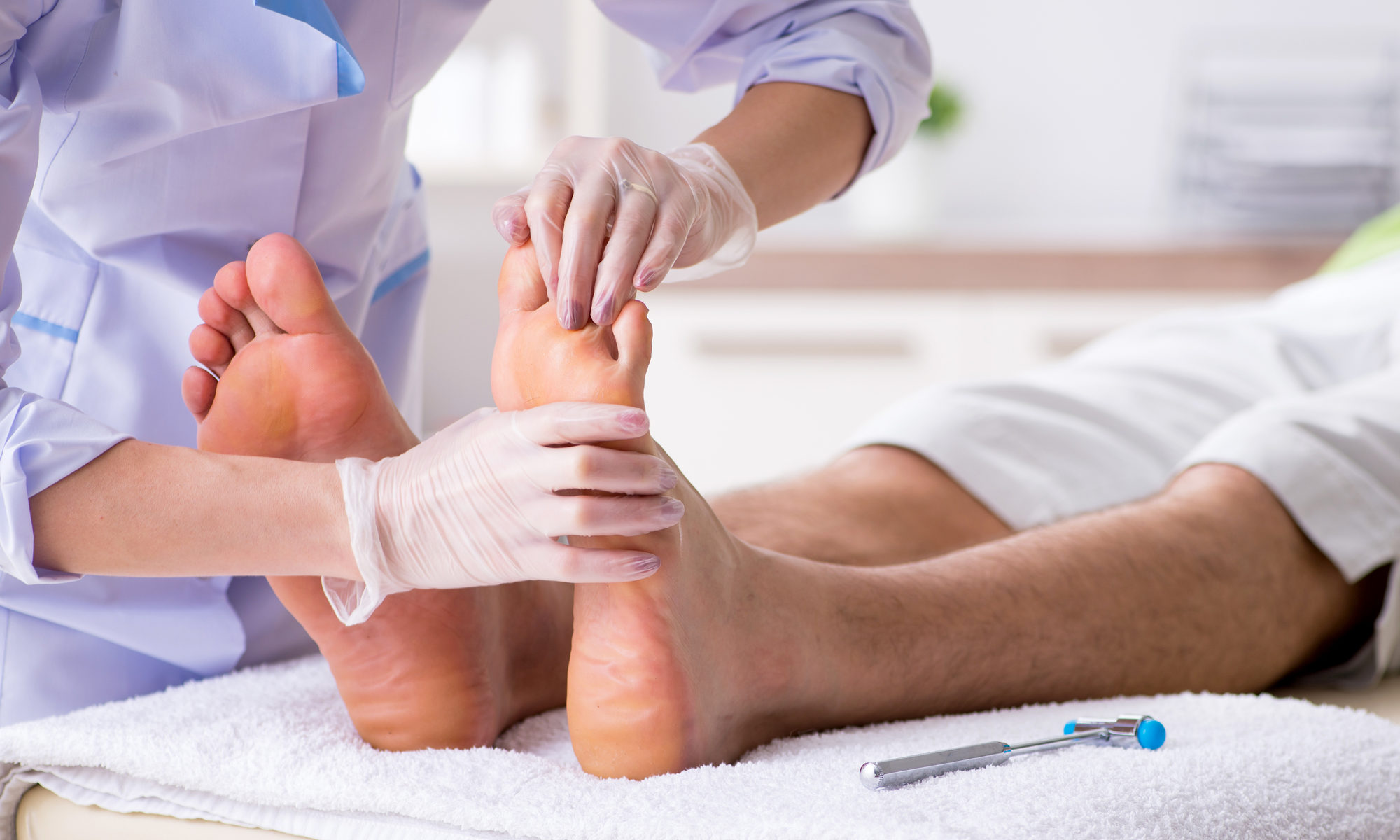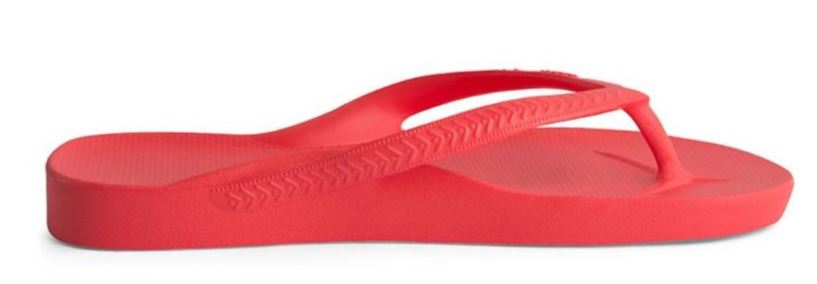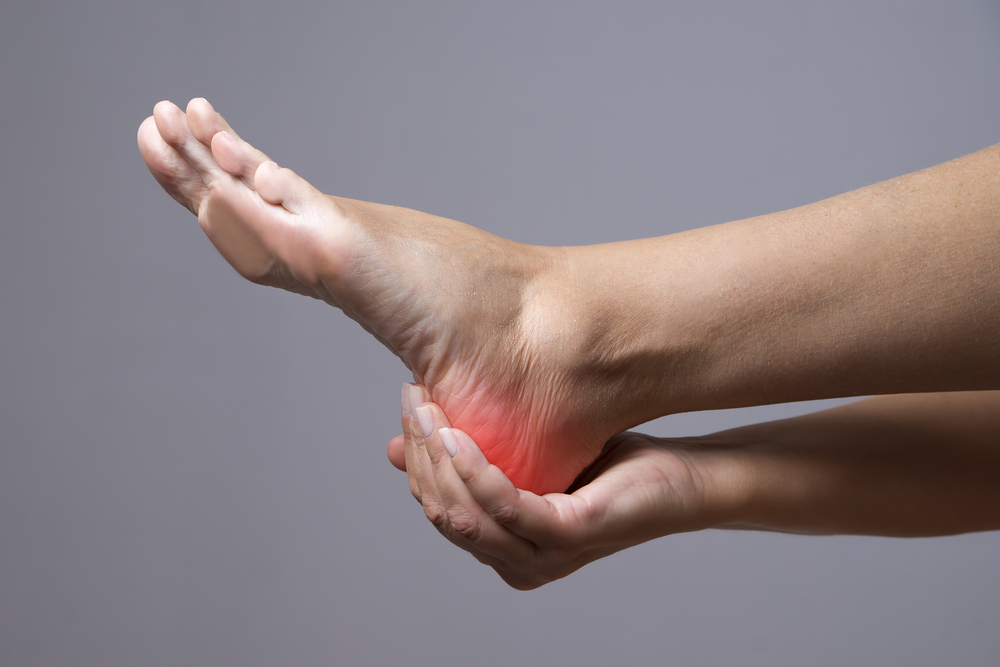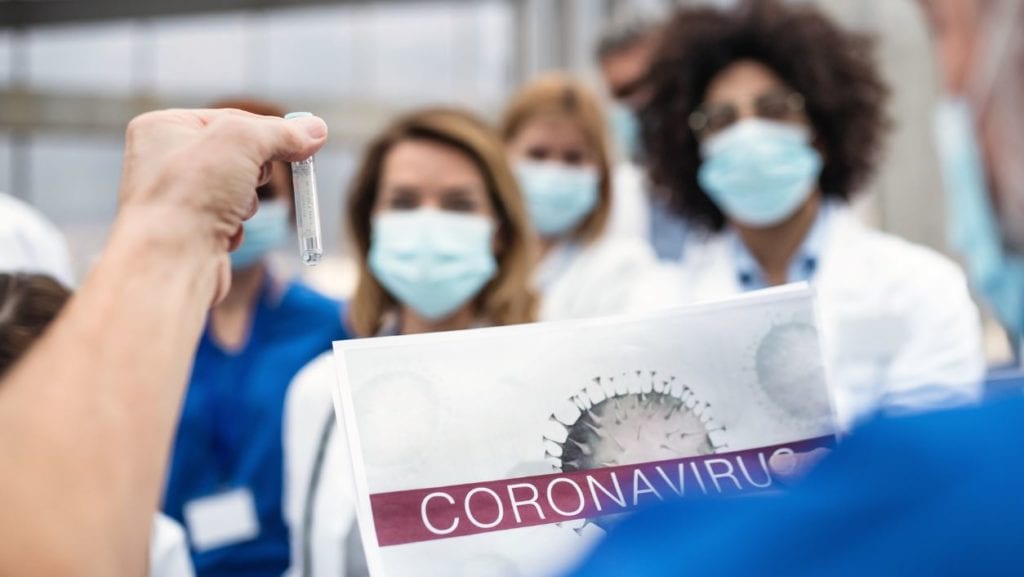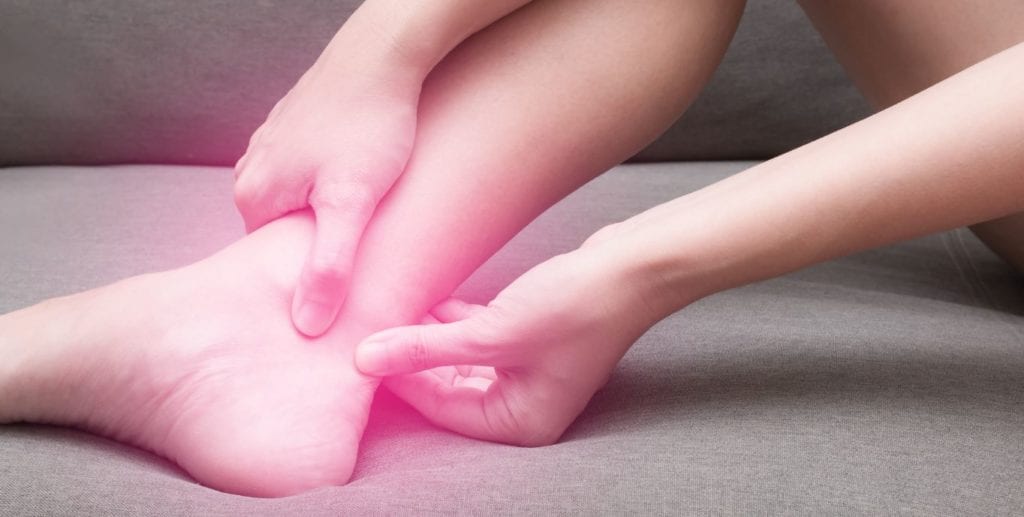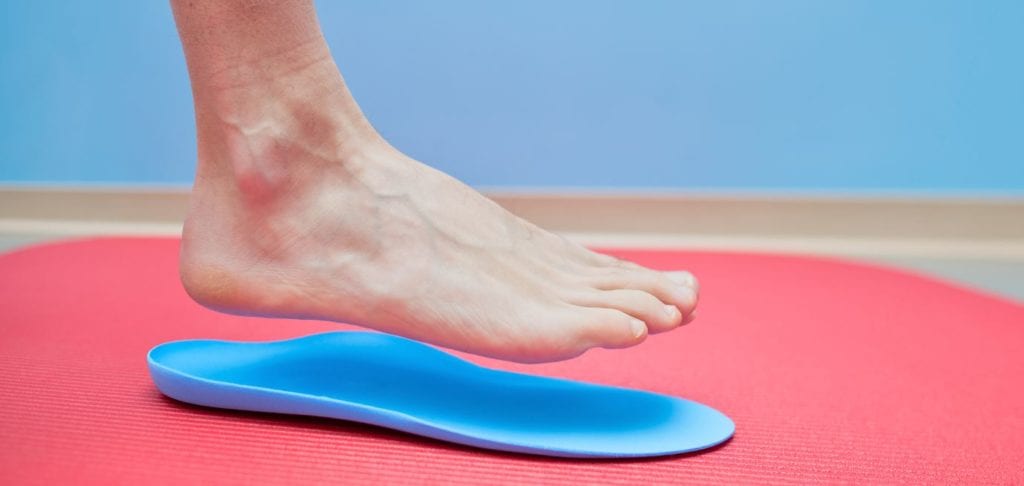The Seal of Acceptance Further Establishes the Brand as a Leader and Innovator in the Footwear Industry
Press Release:
BRAINTREE, Mass., Aug. 11, 2020 /PRNewswire/ — OOFOS, the global leader in recovery footwear, announces today its full line of products has earned the American Podiatric Medical Association (APMA) Seal of Acceptance, further solidifying them as a pioneer and leader within the recovery footwear category.
The APMA Seal of Acceptance Program recognizes products that have been found to be beneficial to foot health and of significant value when used consistently in a daily foot care program. OOFOS’ full collection is among these products, as all OOFOS styles were found by the committee to promote good foot health, further establishing the therapeutic and health benefits of the brand’s shoes. In receiving the Seal of Acceptance from the APMA, customers and physicians alike are assured that upon purchasing a pair of shoes from OOFOS, they are receiving a product that is of exceptional quality and is manufactured with the consumer’s comfort and well-being in mind.
“This is a huge moment for our brand. It reinforces prior research findings and the benefits of our unique foam technology, which is designed specifically for relief and recovery,” says Steve Gallo, President of OOFOS. “Our mission at OOFOS has always been ‘to make yOO feel better’ and this seal of acceptance by the APMA provides expert validation that our shoes make a difference in the health and wellbeing of our customers day in and day out.”
Made with proprietary OOfoam® technology, OOFOS shoes absorb 37% more impact than traditional foam footwear materials for the perfect blend of cushion and stability, based on a 2018 University of Virginia laboratory study.
The use of the proprietary technology in conjunction with their patented footbed allows the shoes to cradle and support the foot’s arches for more even distribution of pressure across the sole of the foot. The combination has also shown to reduce energy exertion in the ankles by up to 47% when compared to traditional footwear. The APMA committee has further championed this technology through review of the research the brand has done on these footwear components, how the products interact with the human body and the benefits consumers receive compared to traditional footwear.
This seal is just the latest example of how OOFOS is helping yOO recover and feel better with every step. In addition to the APMA Seal of Acceptance, thousands of consumer reviews online rave about the footwear’s positive impact on their lives, including relief of pain due to ailments, bringing comfort to long working hours and maintaining body health for professional athletes.
“These are the most comfortable slides I’ve ever worn in my life,” says OOFOS brand partner and Pro-Football Hall of Famer, Deion Sanders. This is coming from a dude who is 52, has had three toe surgeries, and is in need of a 4th, these shoes changed the game for me!”
About OOFOS
OOFOS is the global leader in recovery footwear, founded by a team of industry veterans looking to help runners and fitness enthusiasts recover better from their workouts. Made with revolutionary OOfoam™ technology, OOFOS are designed to absorb 37% more impact than traditional footwear. They reduce stress on joints to keep anyone, of any activity level, feeling their best. From professional athletes to casual walkers, OOFOS footwear will make your hard-working feet and body feel better – all you have to do is feel the OO.
